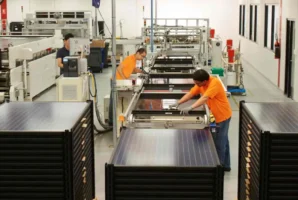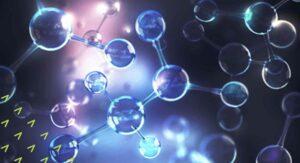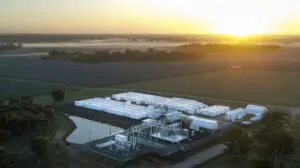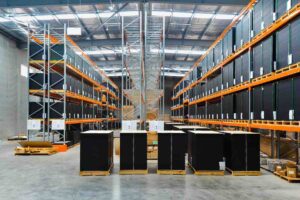Ark Energy’s plans to build a renewable hydrogen production and refuelling facility in Queensland, to power a fleet of “first-of-their-kind” fuel cell electric trucks, have attracted the inaugural investment from the federal government’s $300 million Advancing Hydrogen Fund.
The Clean Energy Finance Corporation, which manages the fund for the federal government, has committed up to $12.5 million to finance five purpose-built, zero emissions trucks and the construction of the hydrogen production and refuelling infrastructure.
The SunHQ hydrogen hub is being built by Ark Energy, a subsidiary of Korea Zinc, at the zinc refinery of its sister company Sun Metals, in Townsville, in northern Queensland.
The Hub will include a 1MW PEM electrolyser, compressors, storage and refuelling infrastructure that will produce up to 158 tonnes of green hydrogen a year, powered by the existing 124MW Sun Metals solar farm.
Last month, Ark Energy CEO Daniel Kim said that the “deliberately modest” first phase of the project aimed to prove the concept of a hydrogen hub with the initial use case of the five fuel cell trucks, which it would own and lease to Sun Metals.
The ultra-heavy 140 pound rated Hyzon Motors trucks are expected to be the first of their kind in Australia, replacing their diesel equivalents in the Townsville Logistics fleet.
The trucks will deliver zinc ore from Townsville Port in Queensland to the Sun Metals Refinery, where they will refuel with green hydrogen produced on site, before taking zinc ingots back to the port in a 30km clean energy round trip.
More broadly, and backed by Ark Energy’s 30% stake in the 923MW MacIntyre wind farm in south-west Queensland, the goal is to kickstart a thriving green hydrogen export economy, while also helping Sun Metals to produce some of the world’s first 100% green zinc.
“To help build demand for hydrogen, we need to supply it as cheaply as possible, which is why the CEFC’s support is so critical,” said Kim in comments on Monday.
“It also means that customers can leverage our production and refuelling infrastructure at SunHQ and won’t need to pay for the capital cost of conversion away from diesel. It all adds up to kickstarting the development of North Queensland’s local hydrogen economy.”
CEFC CEO Ian Learmonth said Australia’s ability to continue reducing its emissions depended on how well it tackled the areas of the economy that were harder to abate, such as heavy industry and heavy transport.
“The trucks that work in the heavy transport sector have ultra-heavy payloads and typically operate around the clock, so cannot be off the road for several hours to recharge,” Learmonth said.
“A lack of suitable vehicles in Australia poses another significant hurdle to decarbonisation. These unique Hyzon trucks will be custom built for Australian conditions, fast tracking the switch to clean energy in Australia’s ultra-heavy transport sector by several years.”
The CEFC’s head of hydrogen, Rupert Maloney, noted the support for the project from ARENA, too, which has promised $3.02 million in funding to be paid upon the commissioning of the refuelling facility and delivery of the trucks.
“The CEFC and ARENA have a strong track record of working together to spearhead action in hard to abate sectors, as well as developing new industries to drive down emissions,” he said
“Everything we learn about hydrogen use in heavy transport will also help others who are also keen to improve their sustainability despite similar challenges.
“By demonstrating the suitability of what are expected to be the largest hydrogen fuel cell electric trucks in the world, this investment has the potential to spearhead further take up across the heavy transport sector, including mining and other industries such as rail, marine and even aviation.
“This investment also enables us to lift our ambitions even further and support emissions reduction in the carbon intensive zinc supply chain,” Maloney said.










